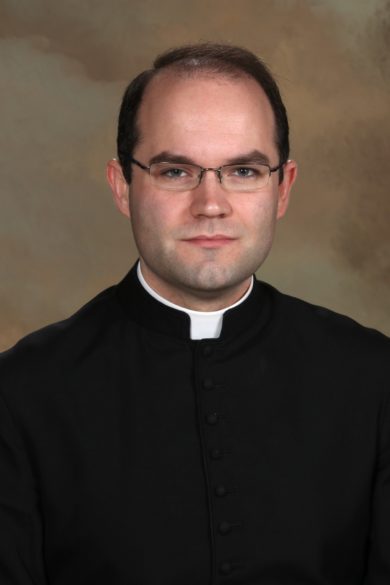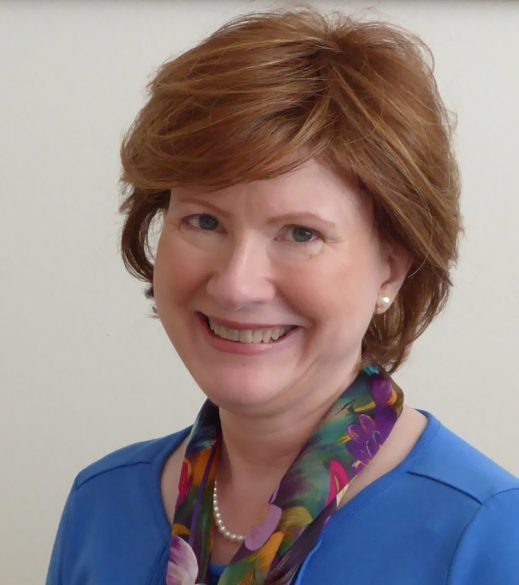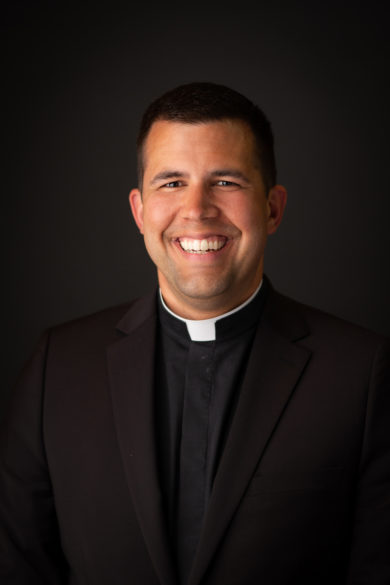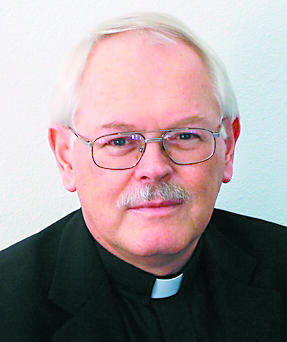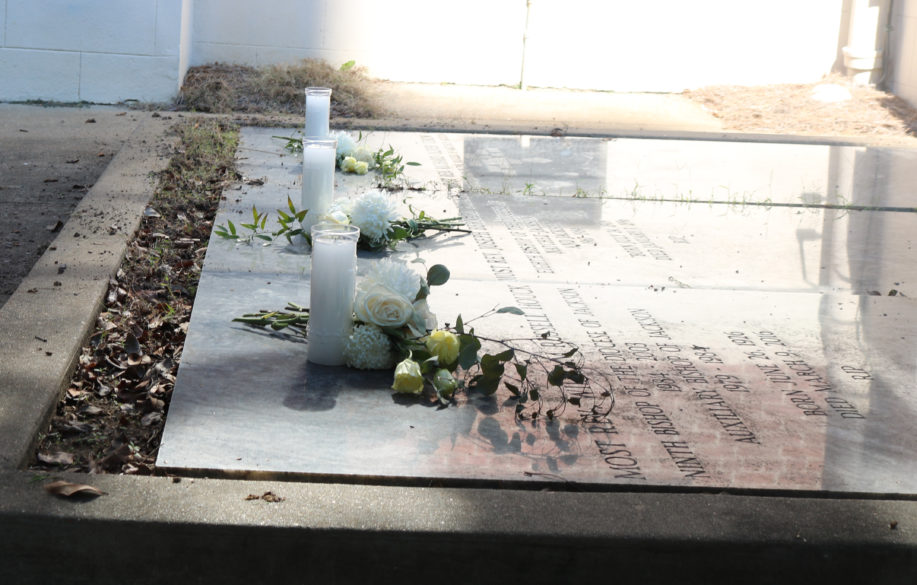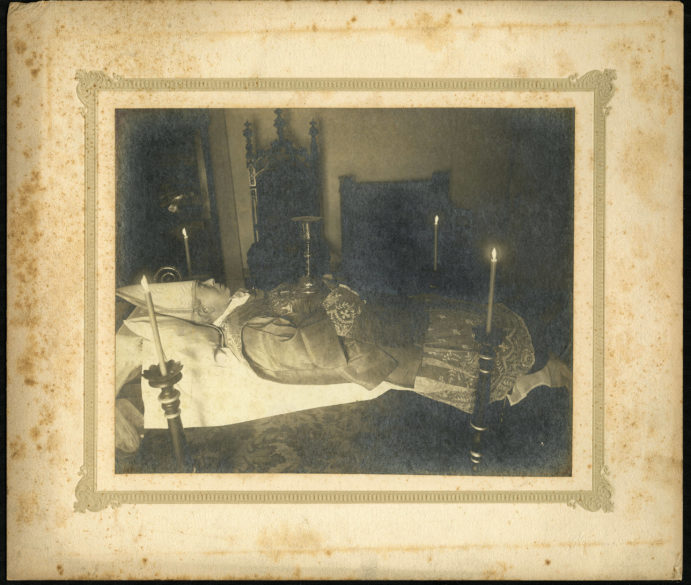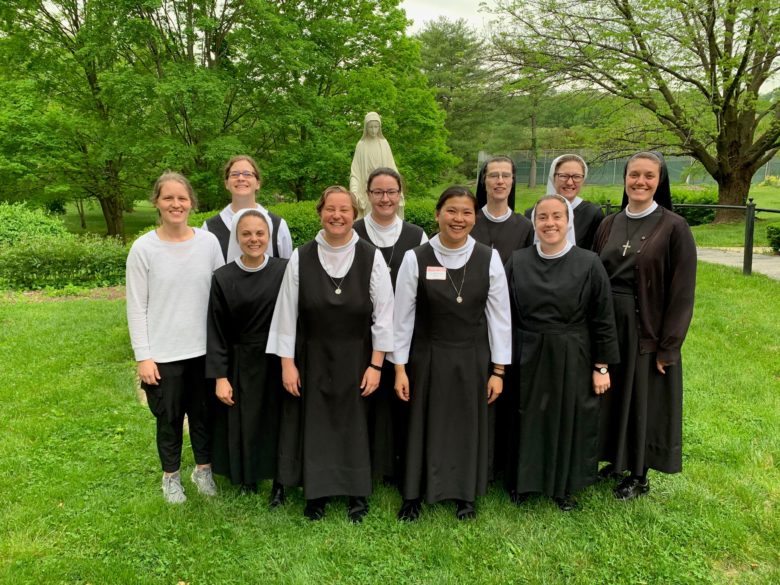By Bishop Joseph R. Kopacz, D.D.
It is with great joy that we begin a formal Year of the Eucharist on this weekend, the Feast of Christ the King. As Catholics we have celebrated the Eucharist or offered the Holy Sacrifice of the Mass for nearly two millennia, always striving to see the extraordinary in what is central to our Christian lives of prayer and worship. At the center of the sacred obligation to keep holy the Lord’s day, the 3rd commandment, is the Lord Jesus himself, Christ our King, inviting us to draw life from the living fountain of God’s loving mercy.
Consider the conversation with the Samaritan woman at the well in St. John’s Gospel and may we also drink in the living words of the thirsting Lord. “If you recognized the gift of God and who it is asking you for something to drink, you would have asked Him and he would have given you living water.” (John 4:10)
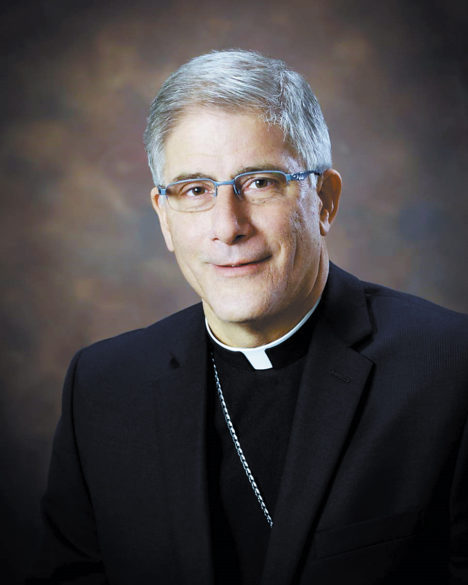
The Lord was thirsting for her faith as He does for ours, for us to see with the eyes of faith the great gift of God poured out on the Cross and gathered now in the heavenly realms. Of course, the Samaritan woman was not yet “seeing” and wondered where was the Lord’s bucket to draw from the depth of Jacob’s well. But, by the end of the conversation she had become a disciple who spread the Good News of the living God throughout her village.
Like the two disciples on the road to Emmaus for whom the words of the Lord also burned in their hearts, she too would come also to recognize him in the Breaking of the Bread, the gift of the Eucharist. The Catechism of the Catholic Church (1324-27) states that, “the Eucharist is the ‘source and summit’ of the Christian life. The other sacraments, and indeed all church ministries and works of the apostolate, are bound up with the Eucharist and are oriented toward it. For in the blessed Eucharist is contained the whole spiritual good of the church, namely Christ himself.”
The Word of God for this weekend’s feast of Christ the King exalts the crucified and risen one not only as the head of the church, but the Lord of all time and eternity. “Jesus Christ is the faithful witness, the firstborn of the dead and ruler of the kings of the earth. To him who loves us and has freed us from our sins by his blood, who has made us into a kingdom, priests for his God and Father, to him glory and power forever and ever. Amen. ’I am the Alpha and the Omega,’ says the Lord God, ‘the one who is and who was, and who is to come, the almighty.’” (Rev. 1:5-8)
This eternal drama of God’s love for us is ever ancient and ever new. The church’s cycle of worship in the Mass throughout the liturgical year, is always a culmination and a new beginning, the Alpha and Omega, who renews and refreshes our vision through the forgiveness of our sins.
As we enter into our diocesan “Year of the Eucharist” may we experience the joy of the rediscovery of the gift that is always before us, the encounter that transformed the life of the Samaritan woman and all others who are counted among the disciples of the Lord. The exhortation at the end of each Mass: “Go and announce the Gospel of the Lord” is our responsibility and privilege. Or perhaps we could say, put aside the things of this world that distract us, like buckets, and live in the light of the Lord.


